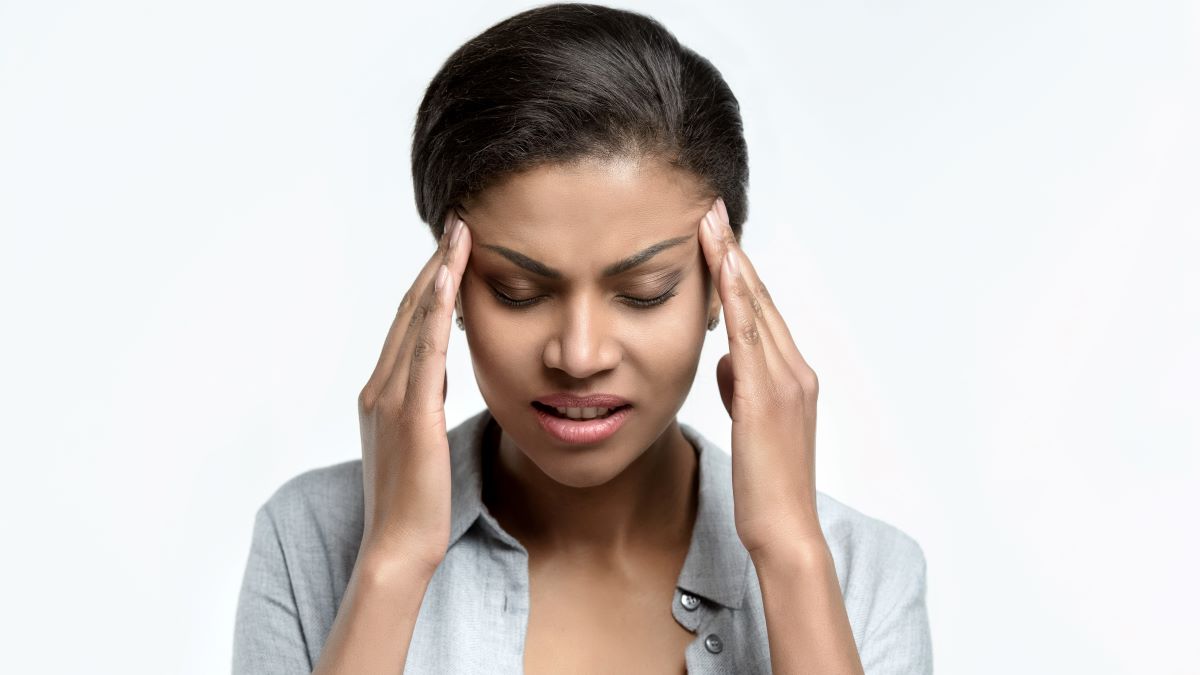The term headache refers to the pain in any part of the head. This condition causes discomfort and may interfere with the everyday life of the affected person. Therefore, it is essential to avoid leaving headaches without proper management.
Headache causes
Generally, the pain associated with a headache doesn’t indicate a severe illness. However, such pain may result from a life-threatening condition in some instances and, therefore, require immediate medical attention. Usually, any headache can fall into one of two categories – primary or secondary headaches.
Primary headaches
The primary headache doesn’t occur as a result of an underlying condition. Instead, this type of pain may appear due to excessive activity or problems related to specific head structures. In addition, some factors can contribute to the development of primary headaches. They are:
- nerves surrounding the head
- blood vessels surrounding the head
- chemical activity in the brain
- head and neck muscles
- genetic factors (some people are genetically more likely to develop such headaches)
Examples of primary headaches include cluster headaches, migraines, and tension headaches.
Other types of headaches occur in association with specific activities and may be a symptom of an underlying condition. Still, they are usually referred to as primary headaches and include:
- Exercise headache
- Cough headache
- Chronic daily headache
- Sex headache
In addition, primary headaches may have triggers that bring them about. These may include:
- Stress
- Hunger or skipped meals
- Lack of sleep
- Alcohol, especially red wine
- Poor posture
- Specific food, such as nitrates found in processed meats
Secondary headaches
The pain of a secondary headache is a symptom of another medical condition or disorder that affects the nerves of the head. Several diseases can cause secondary headaches. These conditions vary significantly in severity. Health issues that may lead to secondary headaches include:
- Trigeminal neuralgia
- Acute sinusitis
- Toxoplasmosis
- Carbon monoxide poisoning
- Concussion
- Ear infection
- Dental problems
- Dehydration
- Brain aneurysm
- Encephalitis
- Glaucoma
- Influenza
- Meningitis
- Spinal headaches
- Overuse of pain medication
- External pressure headaches
Headache symptoms
A headache is a pain that may occur in any area of the head. Such pain can:
- Occur on both sides of the head
- Locate on only one side of the head
- Be limited to a specific location
- Radiate from one head area to another
- Feel like a vise is squeezing the head
Headache pain can be sharp, throbbing, or it can feel like a dull ache. Painful sensations may come on gradually or occur suddenly. Headaches can vary in duration: they may last less than an hour or persist for several days.
When to see a doctor
In most cases, the pain of a headache is not severe. Still, it can be a symptom of an underlying life-threatening condition. Therefore, it is essential to call 911 or go to the hospital emergency room if you suffer from a headache that feels like the worst pain you have ever experienced. Additionally, you should seek medical help if the headache is sudden and severe or is accompanied by:
- Fainting
- Confusion
- Difficulty talking or understanding speech
- A fever over 102F or 39C
- A stiff neck
- Weakness or numbness
- Vision problems
- Difficulty walking or moving
- Vomiting or nausea (not caused by a hangover or stomach flu)
Visit your healthcare provider if you have headaches that:
- Occur more often than usual
- Are more painful than usual
- Don’t improve with medication
- Make it challenging to work, study, or sleep
Click Here to read about Symptoms.
















Leave a Reply
You must be logged in to post a comment.